S.S. Duchess of Bedford / Empress of France RMS Empress of France était un paquebot construit en 1928 par John Brown à Clydebank au Royaume-Uni pour les Canadian Pacific Steamships et lancé en tant que SS Duchesse de Bedford en 1928. Elle a été rebaptisée Empress of France en 1947. RMS Empress of France was an ocean liner built in 1928 by John Brown at Clydebank in the United Kingdom for the Canadian Pacific Steamships and launched as SS Duchess of Bedford in 1928. She was renamed Empress of France in 1947.
R.M.S. Empress of Britain IIL Topaz (ou SS Topaz) est un ancien paquebot de croisière construit en 1955, sur les chantiers navals de la Clyde, proche de Glasgow. Il fut réalisé pour la Canadian Pacific Ships sous le nom de RMS Empress of Britain. Il changea plusieurs fois de nom au cours de sa carrière. Après avoir été heurté en 2008 par le tanker Champion Brali, il a été échoué à Alang en Inde pour être démantelé. Topaz (or SS Topaz) is a former cruise liner built in 1955, in the Clyde shipyards, near Glasgow. It was built for Canadian Pacific Ships under the name RMS Empress of Britain. He changed his name several times during his career. After being hit in 2008 by the tanker Champion Brali, it was beached in Alang in India to be dismantled. Empress of Britain IILWikipédia
R.M.S. Empress of England RMS Empress of England était un paquebot construit en 1956-1957 par Vickers-Armstrongs, Newcastle, Royaume-Uni, pour le Canadien Pacifique Steamships. Le navire a été lancé en 1956; et elle a entrepris son voyage inaugural en 1957. Elle était un navire de soeur presque identique à l'Empress of Britain. RMS Empress of England was an ocean liner built in 1956–1957 by Vickers-Armstrongs, Newcastle, United Kingdom, for Canadian Pacific Steamships. The ship was launched in 1956; and she undertook her maiden voyage in 1957. She was an almost identical sister ship to the Empress of Britain.
R.M.S. Empress of Britain IL Le RMS Empress of Britain est un paquebot transatlantique de la Canadian Pacific Steamship Company construit entre 1928 et 1931 par John Brown & Company et qui assurait la liaison régulière entre le Canada et le Royaume-Uni entre 1931 et 1939. The RMS Empress of Britain is a transatlantic liner of the Canadian Pacific Steamship Company built between 1928 and 1931 by John Brown & Company and which provided regular service between Canada and the United Kingdom between 1931 and 1939. Empress of Britain IL Wikipédia
S.S. Empress of Canada III L’Empress Of Canada est un paquebot construit en 1961 par les chantiers Vickers-Armstrong de Newcastle pour la Canadian Pacific Steamship Company. Après avoir eu divers noms et armateurs, il est détruit à Alang en 2003 sous le nom d’Apollo. The Empress Of Canada is a liner built in 1961 by the Vickers-Armstrong shipyards in Newcastle for the Canadian Pacific Steamship Company. After having had various names and owners, it was destroyed in Alang in 2003 under the name Apollo. Lire son histoire en cliquant ici / Read his story by clicking here
S.S. Duchess of Richmond Le SS Duchess of Richmond était un paquebot construit en 1928 pour les navires à vapeur du Canadien Pacifique par John Brown & Company à Clydebank, en Écosse. En 1947, il fut rebaptisé SS Empress of Canada. SS Duchess of Richmond was an ocean liner built in 1928 for Canadian Pacific Steamships by John Brown & Company in Clydebank, Scotland. In 1947 she was renamed SS Empress of Canada. Lire son histoire en cliquant ici / Read his story by clicking here
S.S. Empress of Australia Le SS De Grasse était un paquebot construit entre 1920 et 1924 par Cammell Laird, Birkenhead, Royaume-Uni pour la Compagnie Générale Transatlantique, et lancé en février 1924. Il fut réaménagé pour les navires à vapeur du Canadien Pacifique en 1953, puis renommé la même année sous le nom de Impératrice d'Australie. SS De Grasse was an ocean liner built in 1920–1924 by Cammell Laird, Birkenhead, United Kingdom for the Compagnie Generale Transatlantique, and launched in February 1924.She was refitted for Canadian Pacific Steamships in 1953, then renamed in that same year as the Empress of Australia. Lire son histoire en cliquant ici / Read his story by clicking here
S.S. Montcalm Montcalm, sœur de Montrose II et Montclare, a été construite par John Brown & Co, Glasgow et a été lancée en 1920. Elle a fait son Liverpool-Halifax-St. John voyage inaugural le 17 janvier 1922. Au retour, il sauva 23 membres de l'équipage du paquebot norvégien Mod. En 1928, elle fut envoyée chez Harland & Wolff, à Belfast, pour l'installation de nouvelles turbines à simple réduction. Lorsqu'il reprit du service en mars 1929, il fut placé sur la route Southampton-Canada. Elle a également effectué quelques traversées Anvers-Canada, Hambourg-Canada et Liverpool-Canada au cours des années suivantes. En 1930, Montcalm a effectué l'une des deux seules escales du Canadien Pacifique jamais effectuées à Reykjavik, en Islande. En 1932, le Montcalm était principalement utilisé pour les croisières au départ de Liverpool, mais continuait à effectuer des traversées occasionnelles de l'Atlantique au départ d'Anvers, de Southampton et de Liverpool. Sa dernière traversée, depuis Liverpool, eut lieu en avril 1939. Lorsque la Seconde Guerre mondiale éclata en septembre, le navire fut repris et rebaptisé RMS Wolfe. Wolfe servit successivement comme croiseur marchand armé (1939), transport de troupes (1941), navire de dépôt de sous-marins (1942) et navire de dépôt destroyer (1943). Acheté par l'Amirauté en 1942, il n'est jamais revenu au Canadien Pacifique, mais a été désarmé en 1950 et vendu pour démolition en 1952. Haws déclare que le changement de nom du Montcalm était nécessaire pour éviter toute confusion avec un croiseur français de ce nom. Le choix de Wolfe comme nouveau nom semble cependant avoir été tout à fait délibéré. Le major-général James Wolfe et le marquis de Montcalm furent les commandants adverses lors de la bataille de Québec (13 septembre 1759), au cours de laquelle ils furent tous deux tués. Québec a été la bataille décisive de la guerre française et indienne, qui a solidifié le contrôle britannique sur le Canada et mis fin à la domination française là-bas. Montcalm, sister of Montrose II and Montclare, was built by John Brown & Co, Glasgow and was launched in 1920. She made her Liverpool-Halifax-St. John maiden voyage on 17 January 1922. On the return leg, she rescued 23 members of the crew of the Norwegian steamer Mod. In 1928, she was sent to Harland & Wolff, Belfast, for the installation of new single reduction turbines. When she returned to service in March 1929, she was placed on the Southampton-Canada route. She also made some Antwerp-Canada, Hamburg-Canada and Liverpool-Canada sailings over the next few years. In 1930, Montcalm made one of only two calls Canadian Pacific ever made at Reykjavik, Iceland. By 1932, Montcalm was used principally for cruising out of Liverpool, but continued to make occasional Atlantic crossings out of Antwerp, Southampton and Liverpool. Her last crossing, from Liverpool, was in April 1939. When World War II began in September, the ship was taken over and renamed RMS Wolfe. Wolfe served successively as an armed merchant cruiser (1939), a troop transport (1941), a submarine depot ship (1942) and a destroyer depot ship (1943). Purchased by the Admiralty in 1942, she never returned to Canadian Pacific, but was laid up in 1950 and sold for breaking up in 1952. Haws states that the renaming of Montcalm was necessary to avoid confusion with a French cruiser of that name. The selection of Wolfe as the new name, though, appears to have been quite deliberate. Major General James Wolfe and the Marquis de Montcalm were the opposing commanders in the Battle of Québec (13 September 1759), during which they both were killed. Québec was the decisive battle of the French and Indian War, which solidified British control of Canada and the end of French rule there.
Empress of Scotland RMS Empress of Japan était un paquebot construit en 1929-1930 par Fairfield Shipbuilding & Engineering Company à Govan sur la Clyde en Écosse pour les navires à vapeur du Canadien Pacifique (CP). Ce navire était le deuxième des deux navires du CP à être nommé Empress of Japan[1] – il traversait régulièrement la route transpacifique entre la côte ouest du Canada et l'Extrême-Orient jusqu'en 1942. En 1942, il fut rebaptisé RMS Empress of Scotland – le deuxième des deux navires du CP à être nommé Empress of Scotland.[2] En 1957, la Hamburg Atlantic Line acheta le navire et le rebaptisa TS Hanseatic. RMS Empress of Japan was an ocean liner built in 1929–1930 by Fairfield Shipbuilding & Engineering Company at Govan on the Clyde in Scotland for Canadian Pacific Steamships (CP). This ship was the second of two CP vessels to be named Empress of Japan[1] – regularly traversed the trans-Pacific route between the west coast of Canada and the Far East until 1942. In 1942, she was renamed RMS Empress of Scotland – the second of two CP vessels to be named Empress of Scotland.[2] In 1957, the Hamburg Atlantic Line purchased the ship and re-named her TS Hanseatic.[3] Lire son histoire en cliquant ici / Read his story by clicking here
Empress of Britain Le RMS Empress of Britain était un paquebot transatlantique construit par Fairfield Shipbuilding à Govan sur la Clyde en Écosse en 1905-1906[1] pour le Canadien Pacifique Steamship (CP). Ce navire -- le premier des trois navires du CP à porter le nom d'Empress of Britain[2] -- empruntait régulièrement la route transatlantique entre le Canada et l'Europe jusqu'en 1922, à l'exception des années de guerre. RMS Empress of Britain was a transatlantic ocean liner built by Fairfield Shipbuilding at Govan on the Clyde in Scotland in 1905-1906[1] for Canadian Pacific Steamship (CP). This ship -- the first of three CP vessels to be named Empress of Britain[2] -- regularly traversed the trans-Atlantic route between Canada and Europe until 1922, with the exception of the war years. Lire son histoire en cliquant ici
Duchess of Atholl Le RMS Duchess of Atholl faisait partie d'une classe de quatre paquebots à turbine à vapeur construits à Glasgow en 1927-1929 pour le service transatlantique de Canadian Pacific Steamships Ltd entre la Grande-Bretagne et le Canada. Pendant la Seconde Guerre mondiale, il fut transformé en navire de transport de troupes. En 1942, un sous-marin le coula dans l'Atlantique Sud, tuant quatre membres de l'équipage du Duchess of Atholl, tandis que 821 survivants furent secourus. RMS Duchess of Atholl was one of a class of four steam turbine ocean liners built in Glasgow in 1927–29 for Canadian Pacific Steamships Ltd's transatlantic service between Britain and Canada. In the Second World War she was converted into a troop ship. In 1942 a U-boat sank her in the South Atlantic, killing four of Duchess of Atholl's crew, whilst 821 survivors were rescued. Lire son histoire en cliquant ici / Read his story by clicking here
S.S. Minnidosa Le SS Minnedosa faisait partie d'une paire de paquebots transatlantiques à vapeur construits au Royaume-Uni, lancés en 1917 et exploités par le Canadien Pacifique jusqu'en 1935. Son navire jumeau était le Melita. En 1935, la Flotte Riuniti Cosulich-Lloyd Sabaudo obtint les deux navires, les renomma et les convertit en navires de troupes pour le gouvernement italien. Minnedosa a été rebaptisée Piemonte et est passée en 1936 à Lloyd Triestino. En 1942, un sous-marin de la Royal Navy torpilla le Piemonte, mais il fut échoué et renfloué. En 1943, il fut endommagé lors d'un raid aérien allié puis sabordé. En 1949, elle fut élevée et démolie. SS Minnedosa was one of a pair of transatlantic steam ocean liners that were built in the United Kingdom, launched in 1917 and operated by Canadian Pacific until 1935. Her sister ship was Melita. In 1935 Flotte Riuniti Cosulich-Lloyd Sabaudo obtained both ships, renamed them, and converted them into troop ships for the Italian government. Minnedosa was renamed Piemonte, and in 1936 passed to Lloyd Triestino. In 1942 a Royal Navy submarine torpedoed Piemonte, but she was beached and refloated. On 1943 she was damaged in an Allied air raid and then scuttled. In 1949 she was raised and scrapped. Lire son histoire en cliquant ici / Read his story by clicking here
S.S. Montclare Montclare était un navire à passagers construit par la John Brown and Company sur Clydebank pour la Canadian Pacific Steamship Company, à Montréal. Elle a ensuite été achetée par la Royal Navy pendant la Seconde Guerre mondiale. Montclare was a passenger ship built by the John Brown and Company on Clydebank for the Canadian Pacific Steamship Company, Montreal. She was later purchased by the Royal Navy during World War II. Lire son histoire en cliquant ici / Read his story by clicking here
S.S. Montrose Le HMS Forfar (F30), anciennement le paquebot SS Montrose, était un croiseur marchand armé mis en service dans la Royal Navy en 1939 et coulé en 1940. HMS Forfar (F30), formerly the ocean liner SS Montrose, was an armed merchant cruiser commissioned into Royal Navy service in 1939 and sunk in 1940. Lire son histoire en cliquant ici / Read his story by clicking here
S.S. Montroyal Le RMS Empress of Britain (au début) était un paquebot transatlantique construit par la Fairfield Shipbuilding and Engineering Company à Govan sur la Clyde en Écosse en 1905-1906[Note 1] pour le Canadien Pacifique Steamship (CP). Ce navire – le premier des trois navires du CP à porter le nom d'Empress of Britain[Note 2] – effectuait régulièrement la traversée transatlantique entre le Canada et l'Europe jusqu'en 1923, à l'exception des années de guerre. L'Empress of Britain était le navire jumeau du RMS Empress of Ireland, perdu en 1914. RMS Empress of Britain (at the beginning) was a transatlantic ocean liner built by the Fairfield Shipbuilding and Engineering Company at Govan on the Clyde in Scotland in 1905–1906[Note 1] for Canadian Pacific Steamship (CP). This ship – the first of three CP ships to be named Empress of Britain[Note 2] – regularly traversed the transatlantic crossing between Canada and Europe until 1923, with the exception of the war years. Empress of Britain was the sister ship of RMS Empress of Ireland, which was lost in 1914. Lire son histoire en cliquant ici / Read his story by clicking here Boutique |
- > The Bank Line
- > Boutique / Shop
- > Voyage Irlande 2022
- > R.M.S. Ceramic
- > R.M.S. Arabic
- > R.M.S. Ionic
- > S.S. Regina
- > Scindia Steamships Co.
- > S.S. Canopic
- > Shaw Savill Line
- > Princess Cruises
- > MSC Cruises
- > MSC Cruises
- > S.S. Traffic
- > M.S. Queen Victoria
- > Orient Line
- > Ellerman Lines
- > Royal Caribbean
- > The Bank Line
- > Nouvelle page
- > S.S. Vedic
- > Carnival
- > Nouvelle page
- > Currie Line Ltd.
- > Royal Mail Lines
- > Harrison Line
- > S.S. Republic
- > R.M.S. Saxonia
- > S.S. Medic
- > R.M.S. Cedric
- > R.M.S. Teutonic
- > Wilson Line
- > R.M.S. Parthia
- > Royal Navy
- > Avant / après
- > R.M.S. Homeric
- > RMS Corinthic
- > R.M.S. Majestic
- > S.S. Oceanic
- > R.M.S. Mauretania II
- > R.M.S. Laurentic
- > R.M.S. Belgic
- > S.S. Runic
- > S.S. Baltic
- > Canadian National Steamship Co.
- > S.S. Carpathia
- > Liens
- > Canada steamship lines
- > R.M.S. Antonia
- > R.M.S. Britannic
- > Voyage Halifax 2015
- > Association québécoise du Titanic
- > Rencontre avril 2017
- > Rencontre octobre 2017
- > Rencontre avril 2018
- > Visite au cimetière Mont-Royal 3 mai 2015
- > Congres 2 mai 2015 St-Jérôme
- > Salon des collectionneurs 2013
- > Rencontre décembre 2015
- > Rencontre avec Élisabeth Navratil
- > MV Georgic
- > Film Titanic 1997
- > Blue Star Line
- > Film Titanic 1997
- > Nomadic
- > Centenaire 1912 / 2012
- > Mercredi 18 avril 2012
- > Mardi 17 avril 2012
- > Lundi 16 avril 2012
- > Dimanche 15 avril 2012
- > Samedi 14 avril 2012
- > Vendredi 13 avril 2012
- > Jeudi 12 avril 2012
- > Mercredi 11 avril 2012
- > L'Azamara Journey
- > Avant le départ
- > Direction New-York
- > Luxor Las Vegas
- > Visite Halifax 2015
- > Musée d'Orlando
- > MV Britannic
- > R.M.S. Titanic
- > 22 septembre 2015
- > 23 septembre 2015
- > 24 septembre 2015
- > 25 septembre 2015
- > 26 septembre 2015
- > Voyage Irlande 2015
- > 19 septembre 2015
- > 20 septembre 2015
- > 21 septembre 2015
- > Harland & Wolff
- > Figurine Ned Parfett
- > Pièces de collection
- > Poster ¨Tribute to Titanic's Lost Postal Workers
- > Document de cartographie et de planification et orientation
- > Autres pièces de collection
- > Carte postale In Memoriam
- > Morceau du Arrol Gantry
- > Oeuvre de Ivan Fraser
- > Bruno Wurtz
- > William Brabant
- > Autographe d'Élisabeth Navratil
- > Autographe d'Édith Haisman
- > Autographe Edith Haisman
- > Autographe de Louise Kink Pope
- > Collection Postes Canada
- > Vaisselle (reproductions)
- > Carte postale Milvilla Dean
- > Autographe d'Eva Hart
- > Plat baguette
- > Ensemble carafe et 6 verres
- > Titanic Clock
- > Verre en styromousse
- > Peintures sur des plumes par Cynthia A. Henry
- > Photo du Carpathia
- > Nouvelle page
- > Harland & Wolff Timing board
- > Figurine Edward John Smith
- > Veston Dik Barton
- > Canot #6
- > R.M.S. Titanic - Artéfacts
- > Tuile du smoking room
- > St-Louis Post-dispatch
- > Morceau de bois II
- > Broche Millvina Dean
- > Chèque Thomas James Everett
- > Nouvelle page
- > Morceau du big piece
- > Morceau de bois du Titanic
- > Morceau de charbon du titanic
- > Daily Graphic 20 avril 2012
- > Exposition Titanic in photographs Long Beach 2018
- > Voyage février 2018
- > Souvenirs Queen Mary
- > Photos autres bateaux
- > Photos Queen Mary part III
- > Photos Queen Mary part II
- > Photos Queen Mary part I
- > Photo chambre des machines
- > Bibliothèque
- > Rencontre France - Québec août 2017
- > Autres souvenirs
- > Artéfacts R.M.S. Olympic
- > Artéfacts White Star Line
- > Exposition Taschereau 2017
- > Hôtel
- > Pump House
- > Voyage Belfast septembre 2017
- > A.Q.T.
- > Tuiles
- > Souper avec John White 12 septembre 2017
- > Slipway
- > Samson & Goliath
- > Samson & Goliath
- > S.S. Nomadic
- > Musée du Titanic
- > Hôtel de ville de Belfast
- > Dry dock
- > Drawing office #2
- > Drawing office #1
- > Consultation room
- > Chorale jour de l'ouverture 10 septembre 2017
- > Bureau Thomas Andrews
- > Avions / aéroports
- > Belfast
- > R.M.S. Adriatic
- > Autres éléments de ma collection
- > Conférence dans les écoles
- > R.M.S. Queen Mary II
- > R.M.S. Alaunia
- > Cunard Countess
- > R.M.S. Olympic
- > S.S. Albertic
- > United States Lines
- > NKoninklijke Rotterdamsche Lloyd
- > Lamport & Holt Line
- > R.M.S. Saxonia
- > R.M.S. Carinthia I
- > R.M.S. Franconia
- > R.M.S. Ausonia
- > R.M.S. Aurania
- > R.M.S. Andania
- > S.S. Media
- > Nelson Steam Navigation Co.
- > Pacific Steam Navigation Co.
- > Red Star Line
- > R.M.S. Celtic
- > Anchor Donaldson Line
- > Swedish American Line
- > R.M.S. Scythia
- > Blue Funnel Line
- > British India Steam Navigation Co.
- > R.M.S. Carinthia
- > R.M.S. Lusitania
- > Riviera Cruises
- > American President Lines
- > Home Lines
- > States Marine Lines
- > Matson Navigation Co.
- > P & O Orient Lines
- > Italian Navigation Co.
- > Eastern Steamship Lines
- > Compagnie de navigation Sud-Atlantique
- > Koln-Dusseldorfer
- > R.M.S. Sylvania
- > Cunard
- > R.M.S. Caronia II
- > S.S. Megantic
- > Royal Viking Line
- > R.M.S. Mauretania
- > R.M.S. Samaria
- > Queen Mary I
- > Compagnie Générale Transatlantique
- > Moore-McCormack Lines
- > Cunard Princess
- > S.S. Doric
- > Norwegian Cruise Line
- > Alcoa Steamship Company
- > Norwegian Cruise Line
- > R.M.S. Berengaria
- > R.M.S. Carmania
- > R.M.S. Ivernia II
- > R.M.S. Caronia I
- > Son histoire
- > Autre articles de ma collection
- > Visite du musée
- > Visite sur le site du naufrage
- > Commémorations du 29 mai 2014
- > Exposition Histoire d'eau
- > Livres et documents
- > Artéfacts de ma collection
- > Commémorations du centenaire
- > Collection Postes Canada
- > American Export Isbrandtsen Lines
- > Grace Line
- > Allan Line
- > Canadian Pacific Steamships
- > Norddeutscher Lloyd
- > Hambourg America Line
- > Queen Elisabeth I
- > Holland America Line
- > Queen Elisabeth II
- > Norwegian American Line
- > Nouvelle page
- > R.M.S. Aquitania
- > Royal Mail Steam Packet Co.
- > Elders & Fyffes
- > Union Castle Mail Liner
- > Furness Bermuda Line
- > La collection
- > Expositions
- > Articles
- > Contributions
- > Liens
- > Contact
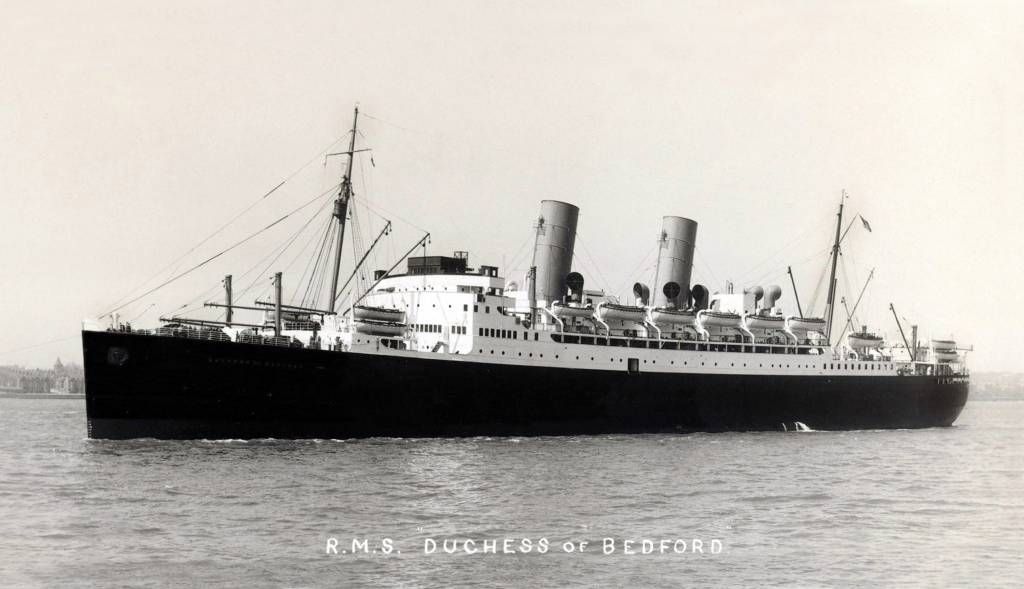 S.S. Duchess of Bedford / Empress of France
S.S. Duchess of Bedford / Empress of France
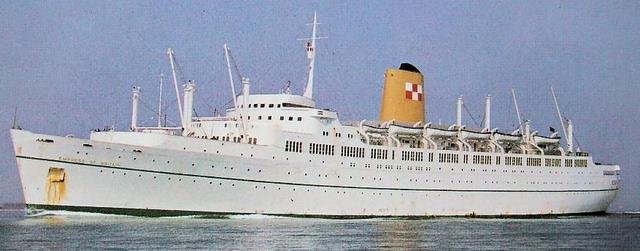 R.M.S. Empress of Britain IIL
R.M.S. Empress of Britain IIL
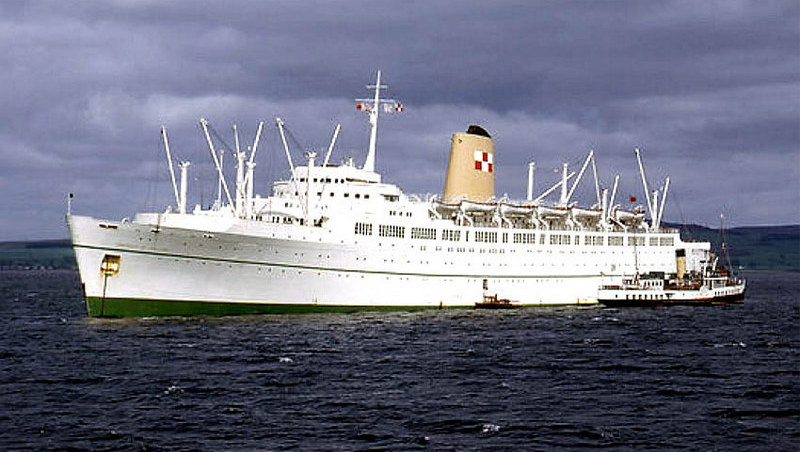 R.M.S. Empress of England
R.M.S. Empress of England
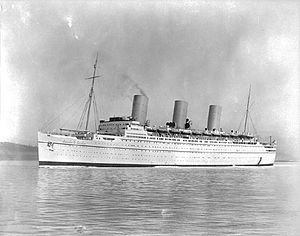 R.M.S. Empress of Britain IL
R.M.S. Empress of Britain IL
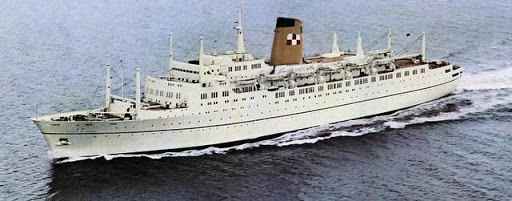 S.S. Empress of Canada
S.S. Empress of Canada
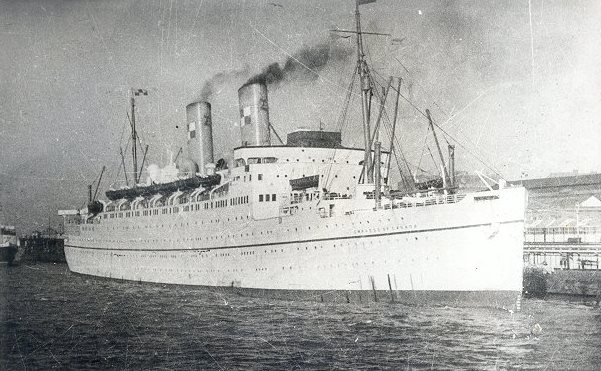 S.S. Duchess of Richmond
S.S. Duchess of Richmond
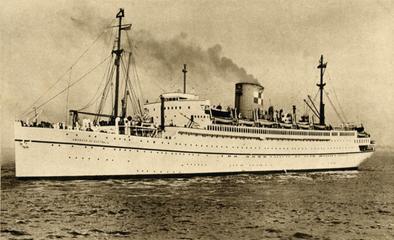 Empress of Australia
Empress of Australia
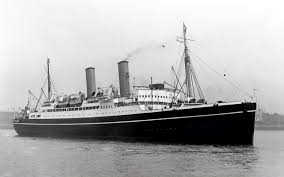 S.S. Montcalm
S.S. Montcalm
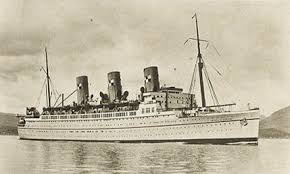 Empress of Scotland
Empress of Scotland
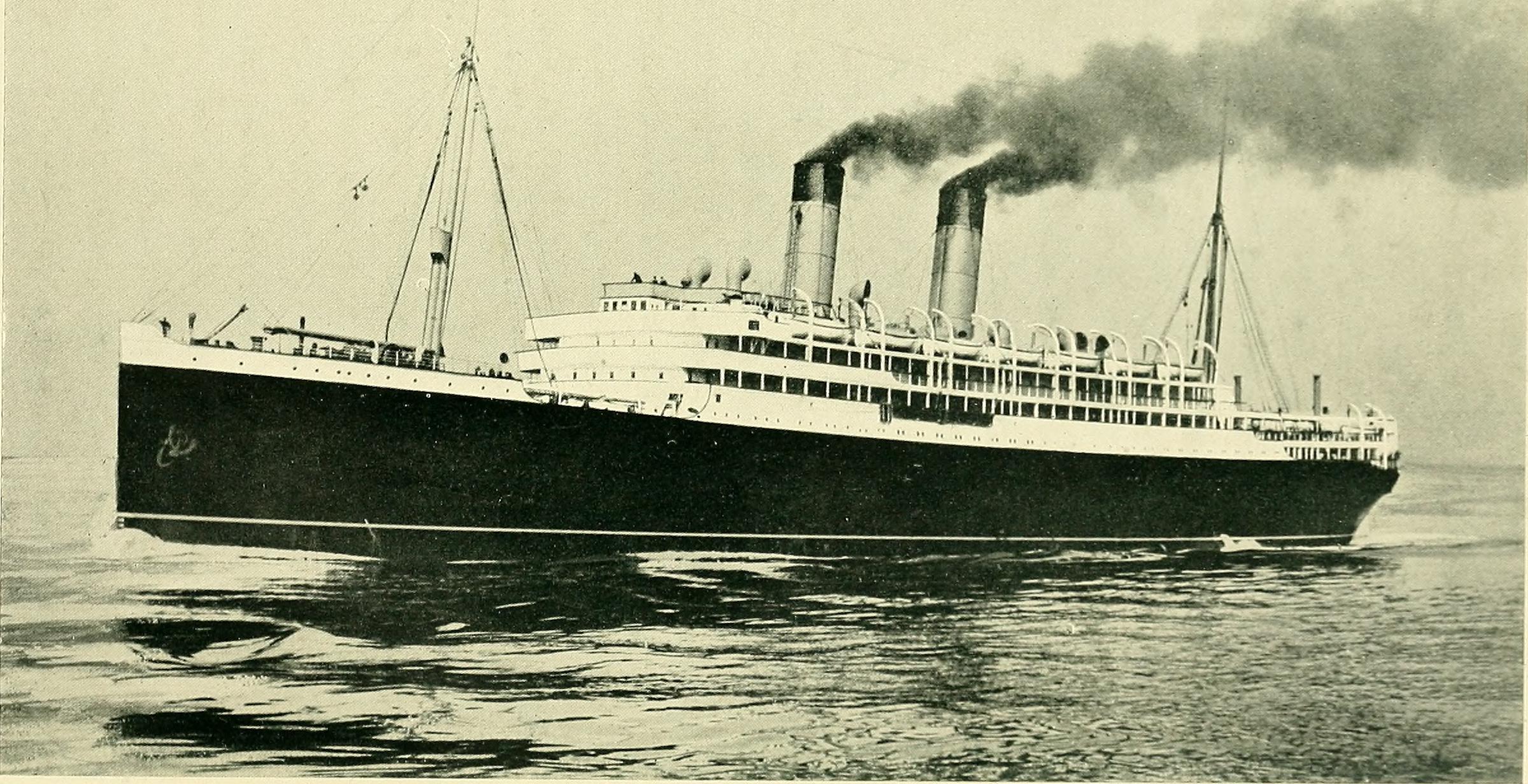 Empress of Britain
Empress of Britain
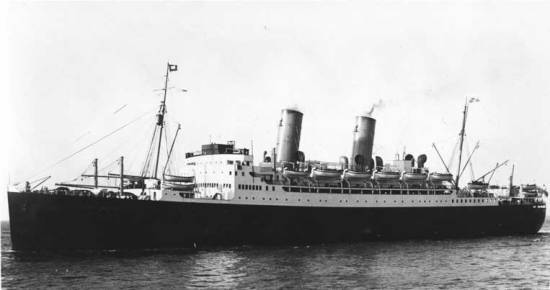 Duchess of Atholl
Duchess of Atholl
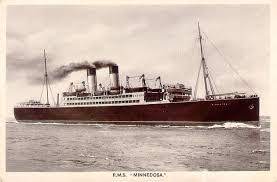 S.S. Minnidosa
S.S. Minnidosa
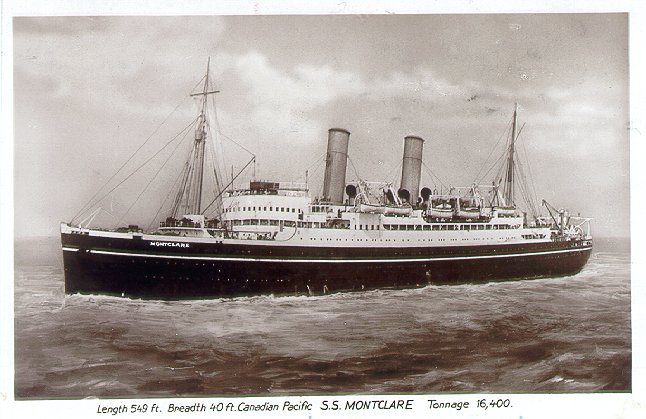 S.S. Montclare
S.S. Montclare
 S.S. Montrose
S.S. Montrose
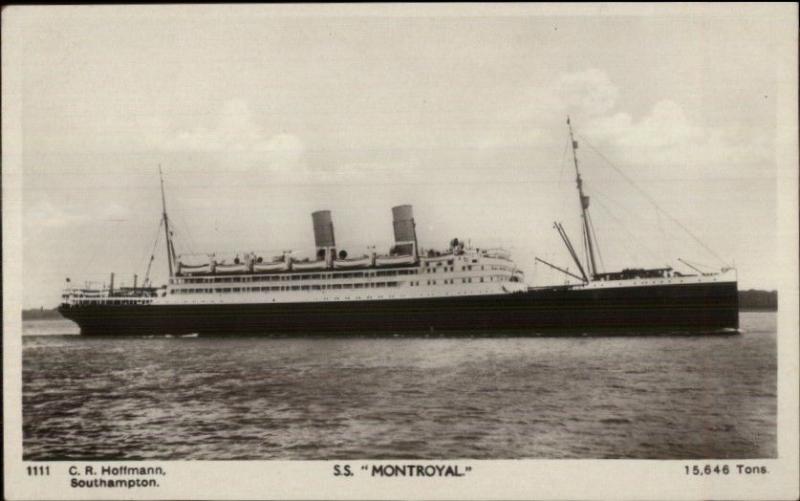 S.S. Montroyal
S.S. Montroyal
© 2017. Ma société. Tous droits réservés
